Filament in an aquarium: causes of algae and how to fight
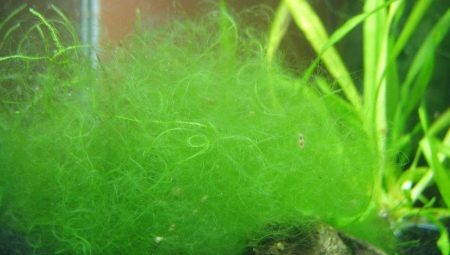
Filamenta is an aquarium alga that is famous for its immense thirst for life. She seeks to conquer all the available space of the aquarium, and very soon it becomes impossible to see the aquarium inhabitants through the thick threads. Some fish like to feast on thread, but still this plant does much more harm than good. It is important to get rid of it in time, but it is not so easy to do it.
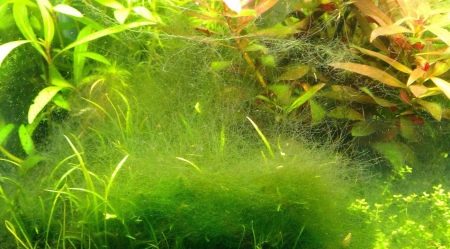
Description
First, the aquarist notices unusual filaments growing out of the soil and pulling upward. At the roots, you can see untidy down, covering the soil in layers. After a short time, these threads grow so that all the rest of the vegetation is captured by this phenomenon and becomes covered with unpleasant mold. This is the thread.
This name refers to several types of algae, the differences between which can only be seen under a microscope.
Nevertheless, it is very important to determine the type of plant, as this will allow you to determine the cause of its appearance and avoid mistakes in the future.
There are several varieties.
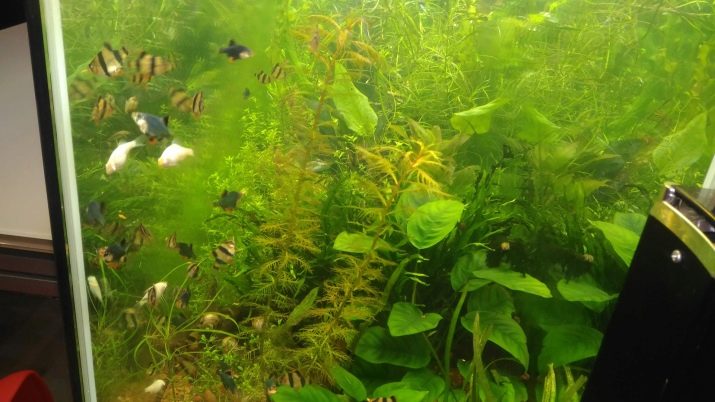
Edogonium
The most frequent unwanted guest in home aquariums. At first, it resembles a light edging on the vegetation, and later green threads stretch from it. Usually the reason for the appearance of this species is considered to be a deficiency of nutrients in water and substrate.

Spirogyra
It looks like an unattractive green slime, the scale of which increases every day.

Rizoclonium
Usually occurs in new aquariums where the microclimate has not yet been formed. This species feels comfortable with high levels of ammonium and low levels of nitrites.As soon as the biological balance is established, the plant will disappear.
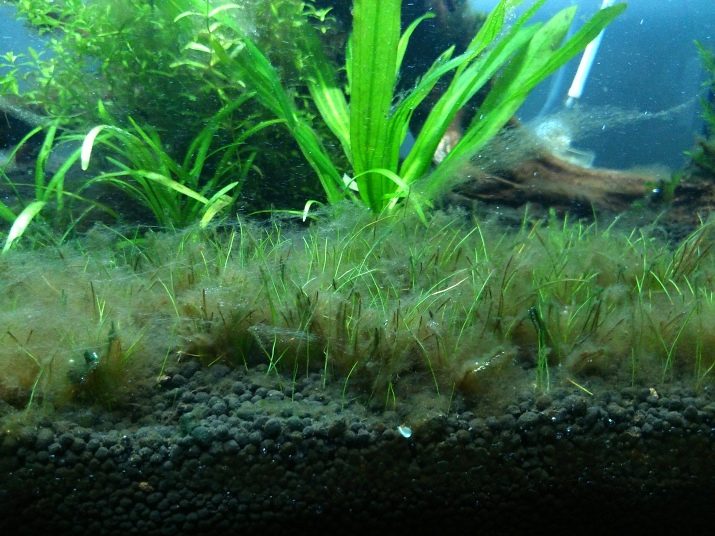
To the touch, these algae are slimy, unpleasant; when removed from the water, they hang down. In an aquarium, this plant is dangerous because it leads to the death of other vegetation. The threads twine around the stems and leaves of green neighbors, to which light ceases to flow, respectively, development stops and the plant dies.
Another problem arises when the filament dies off.
In this case, a lot of toxic substances enter the water from its rotten particles, the amount of which only increases and over time becomes destructive for aquarium fish.
There are cases when small fish or fry got entangled in dense filamentous thickets and died. In addition, filamentous fiber significantly changes the aesthetic appearance of the aquarium, under its influence the water seems cloudy, unkempt, the competence of the aquarist is in doubt. The only advantage of this plant can be considered the fact that its appearance speaks of favorable conditions for the development of plants in the aquarium.
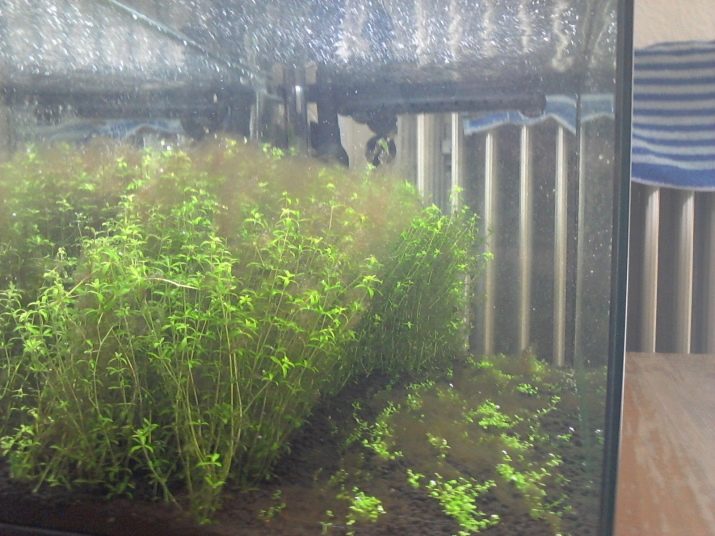
Reasons for the appearance
Before proceeding with the methods of dealing with such a scourge as filamentous, it is important to find out the reason for its appearance. Its occurrence can be influenced by the following factors:
- powerful lighting - this aquarium offender loves natural or artificial light, and the more there is, the more comfortable filamentous algae feel; often observed in aquariums where the lights are on for more than 8 hours a day;
- oxygen deficiency - this is possible if the aeration system is not used;
- small vegetation in the aquarium - if few other plants are planted, then the thread begins to enrich with useful components contained in the soil, which should be directed to the development of other aquarium cultures;
- rare water change - dirty water contains a high percentage of nitrates, which are necessary for the growth of filamentous fiber;
- transfer with other plants - the thread can "move" into the home aquarium, catching on the stems of another plant, which was bought for planting in an artificial reservoir.
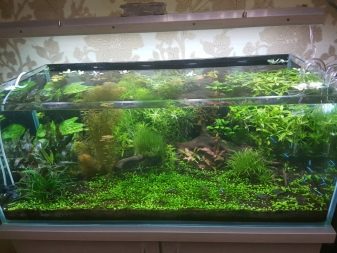

How to fight?
To get rid of filamentous algae, first of all, it is important to establish high-quality filter operation and reduce the intensity of lighting fixtures. Replace the blue light with a weaker one. When the filter is clogged, ammonia accumulates in the water, which is favorable for the development of filamentous fibers, so start cleaning the filter more often than you cleaned before. Plant more plants in the aquarium, floating ones and those that develop quickly will do. The new algae will begin to absorb nutrients, taking them away from the filamentous fiber, which in turn will slow down the growth rate.
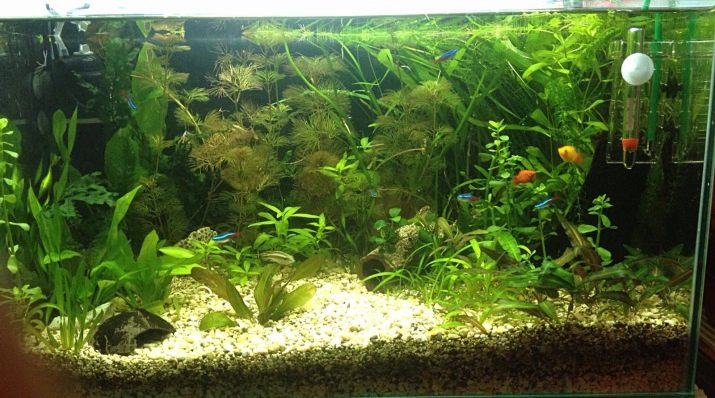
Monitor the iron level in the water. Its permissible concentration is 0.2 mg / l. If Spirogyra has settled in the aquarium, remove it by hand.
Sometimes this becomes the only effective measure to combat filamentous thickets. Seeing the characteristic threads on the plants, rinse the algae and remove the first signs of the emerging thread. To make this unpleasant vegetation die out quickly, darken the aquarium for three days during the period of cleaning activities.
Another method of struggle is the use of hydrogen peroxide, which is so disliked by the thread. Aquarists use the product in proportions of 6-10 mg per liter of water.
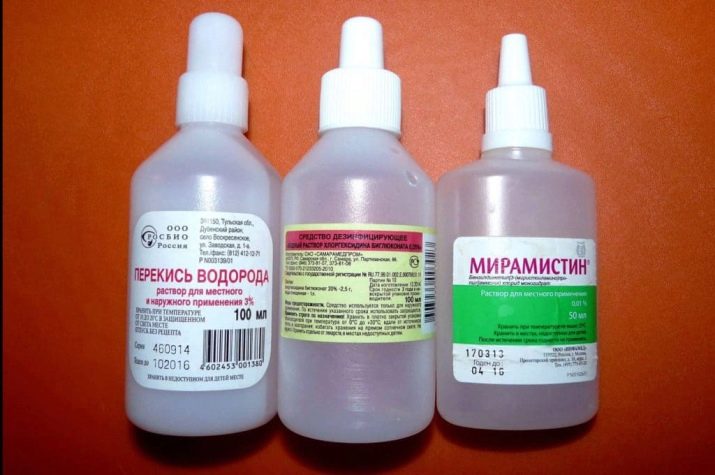
You can also fight this phenomenon in a natural way, for example, by adding inhabitants who like to feast on green threads.
These include fish-toothed fish, platies, jordanella, catfish, gastromizones. Only turn on oxygen during the day and turn off the compressor at night.
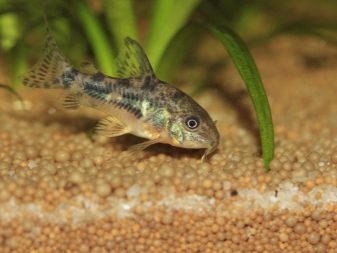
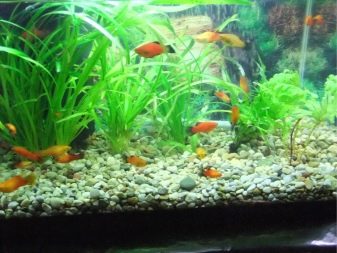
Prevention measures
It is always easier to prevent the appearance of filamentous tissue than to overcome its dense thickets. To prevent this harmful phenomenon, follow the recommendations of an experienced aquarist.
- Before launching a new plant into the aquarium, carefully examine it for the presence of foreign fluff or threads, rinse it thoroughly, removing all suspicious particles. This measure will avoid the transfer of filamentous plants on the plant.
- Keep an eye on the purity of the water in the aquarium, make a weekly change of 1/3 of the volume of water, fill in fresh water that has settled during the day. Dirty water contains decay products and nitrates, which have a beneficial effect on the development of filamentous fibers.
- Do not place the aquarium in a sunny location. The worst part for him is the window. Control artificial lighting, turn on the lighting devices for no more than 12 hours a day - this time is enough for the comfortable existence of fish and plants, but when the lighting time decreases, the thread will slow down its uncontrolled growth.
- Plant as many plants as possible in the aquarium. On the way, they absorb all nutrients from the soil, not giving way to thread, and suppress its development. The simplest, inexpensive crops are suitable for this purpose, but most often aquarists advise using hornwort. If the plants are planted in an aquarium with cichlids, then this does not always lead to a successful result, since these fish like to dig in the ground, and the vegetation does not take root. In this case, choose plants with a strong root system.
- Feed your aquarium pets in dosage. Remove leftover food fragments from the aquarium. The food remaining at the bottom begins to be processed by bacteria, due to which a favorable environment for the reproduction of filament occurs in the container.
- When starting up a new aquarium, turn on the lights only for 4 hours a day for the first three days, increase daylight hours by one hour every day. Do not add fertilizer to a new aquarium.
How to remove the filament in the aquarium, see below.








